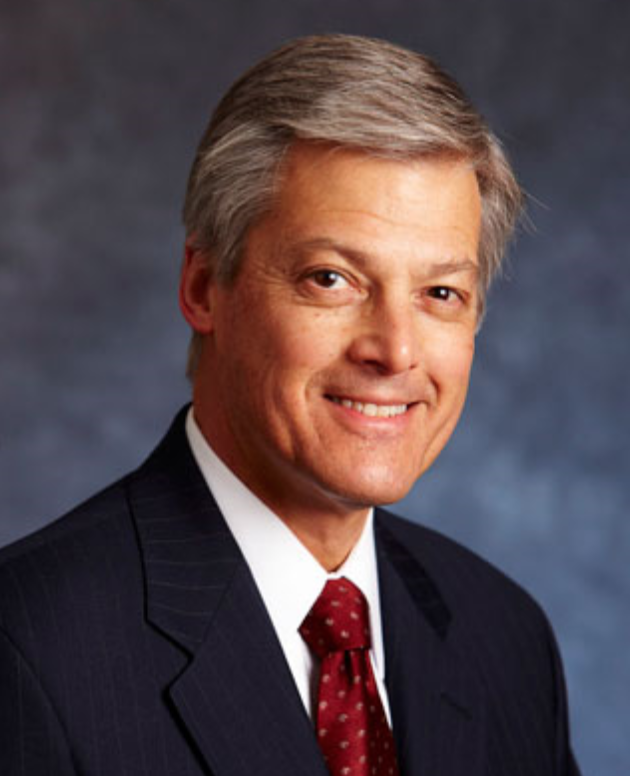Sustainability is not just about electric cars, solar panels and recycling. In Mesa, sustainability encompasses a vast range of concerns, extending from education to economic development and public health.
Source: East Valley Tribune
City of Mesa Development Services Director Christine Zielonka addressed the subject as part of a four-person expert panel at the SRP 2017 Forum, which focused on sustainability and development in the East Valley. Salt River Project hosted the event along with the East Valley Partnership.
The panel also included Steve Betts, senior advisor to the Holualoa Companies and Hines Development; Marc Campbell, manager, Sustainability Policy and Programs at Salt River Project; and Steve Sossaman of Sossaman Farms.
Zielonka focused her opening remarks on city leadership’s top-down approach to developing a resilient economy that can help sustainability grow over time. She noted that getting residents to buy into the program is imperative, though the biggest challenge comes from the development community.
“One of our biggest challenges … is getting developers to get on board with the concept of a more resilient economy,” Zielonka said.
She went on to discuss the ways the city has attempted for the past decade to attract jobs to help residents avoid long commutes to other cities for work and has had difficulties bringing developer partners to the table.
Betts, an experienced developer, agreed. However, he does see this paradigm shifting in the post-recession economy as developers rethink their standard economic model to focus less on home building and “building outward” and directing more resources toward infill development, building inward and upward and creating walkable urban spaces.
“This (recession) was different,” Betts said. “I think this one was so severe, and for Arizona and the Valley it was so severe, that it caused all of us to rethink a little bit how we grow and how we build.”
Infill projects provide a variety of advantages for developers and communities. Namely, they take advantage of existing infrastructure at a time when developers do not have the funds to build new infrastructure, Betts said.
Grady Gammage Jr., who delivered the event’s keynote address and moderated the panel, asked how cities like Mesa can deal with “shopping centers that are dying” as a result of many forms of retail moving to the Internet.
“I think you get really creative and really flexible,” Zielonka said. “You find ways, not necessarily just by putting money on the table, to incentivize the reuse of those buildings.”
Those methods include revisiting building codes to remove or modify prohibitive regulations. The city worked with Ross, Dollar General and other retailers that will occupy the old Kmart building at Main and Lindsay Streets to develop a phased-in approach to some improvements to avoid prohibitive costs that could have doomed the deal. Mesa City Council recently approved a development agreement for that site.
Two major examples of adaptive reuse success in Mesa are Santander and Benedictine University. Santander occupies a once-empty big box store on Southern Avenue. The company revamped the interior and made façade improvements to convert the space to support office operations.
Benedictine University worked with the city to completely revamp the former South Side Hospital site. Since that time, the campus has exceeded growth projections and is looking for additional space, Zielonka said.
In what could become the city’s most dynamic infill project, the Fiesta Mall site recently sold to Dimension Financial & Realty Investments, which plans to redevelop the space into a higher-education space complete with housing, food and retail options to support the potential influx of students.
Another way the city attracts business is focusing on the “quality and speed” of how business gets done, Zielonka said. One example of this is the city’s interactions with Apple, which chose to turn its 1.3-million-square-foot facility on the Elliot Road Technology Corridor into a global command center after the previous tenant, an Apple supplier, went out of business.
Apple chose to continue working with Mesa, in part due to ease of doing business with the city, Zielonka said. For instance, Mesa allowed Apple to start a phased occupancy of the facility while it continued to make upgrades to the building.
Despite the buy-in from city leadership and SRP, the city faces challenges. One such barrier is education.
“The thing I get pushback on a lot is our education system,” Betts said. “They keep hearing a lot about the fact that we’re down here at 48th or 49th (ranked) in terms of our education system, so I oftentimes have to defend that.”
Betts went on to note that industry professionals he interacts with are impressed by Arizona’s university and community college systems.
Still, Zielonka recognizes that Mesa must show prospective employers that there is a political commitment to education in Arizona.
“When you look at high-tech companies, they want high-tech kids,” Zielonka said.
In addition to education, jobs and development, Zielonka also made a point to signal public health as a key cog in Mesa’s sustainable development. She emphasized the need to create recreational spaces for residents and promote healthy living.
“How do you provide those opportunities for people to have a healthy lifestyle – to have healthy air, to have clean water?” Zielonka said.





